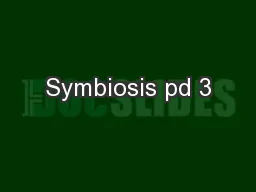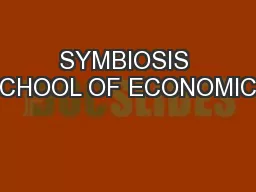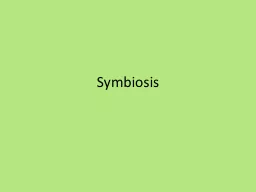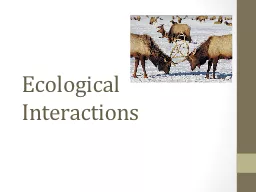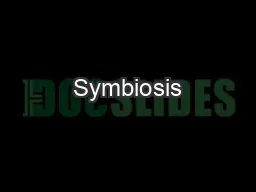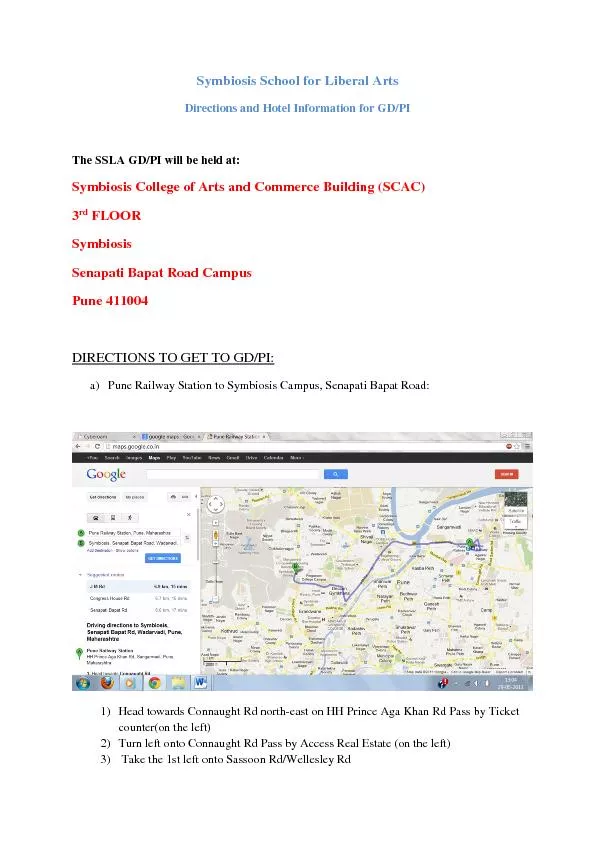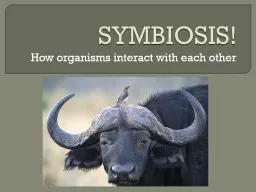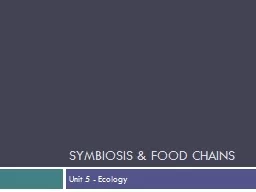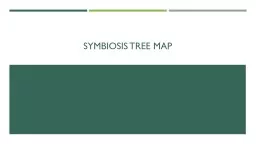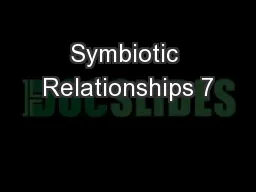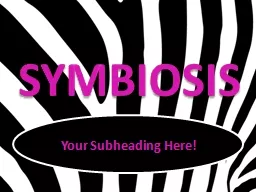PPT-Symbiosis pd 3
Author : conchita-marotz | Published Date : 2017-03-22
Crocodile and plover bird The plover bird eats the food out of the crocodiles teeth and prevents it from getting infections This is the plover birds main diet The
Presentation Embed Code
Download Presentation
Download Presentation The PPT/PDF document "Symbiosis pd 3" is the property of its rightful owner. Permission is granted to download and print the materials on this website for personal, non-commercial use only, and to display it on your personal computer provided you do not modify the materials and that you retain all copyright notices contained in the materials. By downloading content from our website, you accept the terms of this agreement.
Symbiosis pd 3: Transcript
Download Rules Of Document
"Symbiosis pd 3"The content belongs to its owner. You may download and print it for personal use, without modification, and keep all copyright notices. By downloading, you agree to these terms.
Related Documents

